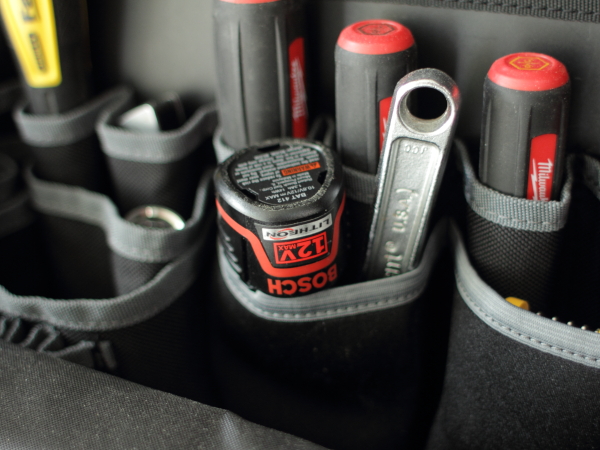A miter saw is an essential tool for anyone working in carpentry or construction, allowing precise cuts at various angles. Whether you’re framing a house, building furniture, or working on intricate molding, a miter saw makes the job easier and more accurate. In this article, we will explore the basics of miter saws, their types, common uses, and how they compare to other tools. Additionally, we’ll touch on related content such as geogrids and their applications in construction projects.
What is a Miter Saw and How Does it Work?
A miter saw is a specialized power tool used to make accurate crosscuts and miter cuts in a workpiece. The saw consists of a circular blade mounted on a swing arm that pivots left or right to produce angled cuts. The workpiece is typically placed on a stationary table, and the saw is brought down onto it to make the cut. Miter saws are highly valued for their precision and ease of use, making them a staple in woodworking and construction.

What Are the Different Types of Miter Saws?
There are three main types of miter saws:
- Standard Miter Saw: Allows the blade to pivot left and right for angled cuts, but does not tilt for bevel cuts.
- Compound Miter Saw: Capable of both miter and bevel cuts, allowing for more complex cuts.
- Sliding Compound Miter Saw: Combines the features of a compound miter saw with sliding rails, enabling the user to cut wider pieces of material.
Each type serves different needs, with sliding compound miter saws offering the most versatility, particularly for large or intricate projects.
What Are the Common Uses of a Miter Saw?
Miter saws are used in a variety of applications, including:
- Framing: Creating precise corners in frames for windows, doors, and artwork.
- Crown Molding: Achieving exact angles required for fitting crown molding along ceilings.
- Furniture Making: Cutting pieces to exact measurements for furniture construction.
- Deck Building: Making angled cuts for decking and other outdoor structures.
These tools are essential for tasks that require accuracy and consistency in cutting angles and lengths.
How Does a Miter Saw Compare to Other Cutting Tools?
Miter saws are often compared to other cutting tools like circular saws and table saws. While circular saws are more portable and versatile for various cuts, they lack the precision of a miter saw. Table saws offer stability and the ability to cut large sheets of material, but they are not as effective for making angled cuts. Miter saws, with their precision and ease of use, are unmatched for tasks involving angled cuts, making them the preferred tool for detailed work in carpentry and construction.
In construction projects, particularly those involving landscaping or outdoor structures, the proper placement of materials is crucial. Geogrids, for example, are often used in conjunction with miter saws during the installation of retaining walls or other structures requiring precise measurement and stability. Geogrids help reinforce the soil, ensuring the longevity and durability of the project. Understanding the interplay between tools like the miter saw and materials like geogrids can lead to more successful and long-lasting construction outcomes.
The miter saw is an indispensable tool in woodworking and construction, known for its precision in making angled cuts. With different types available to suit various needs, it’s a versatile choice for tasks ranging from framing to furniture making. When used in conjunction with materials like geogrids in construction projects, a miter saw can contribute to high-quality, durable results. Whether you’re a professional or a DIY enthusiast, mastering the use of a miter saw can significantly enhance your craftsmanship.
